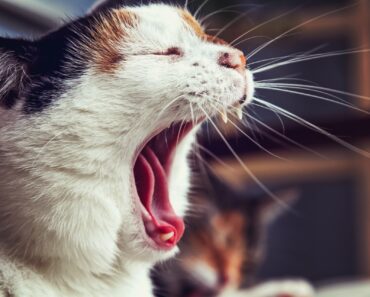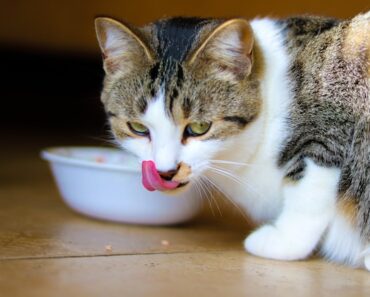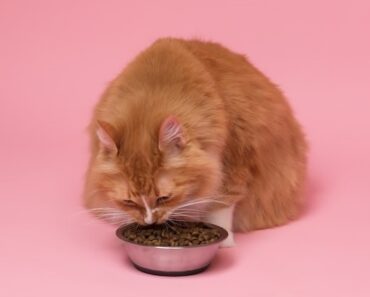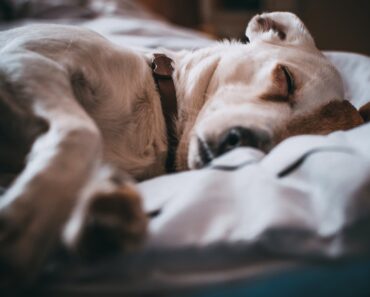Have you ever noticed that after brushing your cat, they seem strangely interested in eating the fur that’s been brushed off? This behavior can be puzzling and even a bit concerning for pet owners. However, it’s not uncommon among cats, and there are several reasons why they might try to eat their fur after brushing. In this article, we’ll explore the potential reasons behind this behavior and offer insights into understanding and managing your cat’s unique habits.
The Natural Instincts of Cats
To understand why cats might try to eat their fur after brushing, it’s essential to consider their natural instincts and behaviors. Cats are meticulous groomers and often spend a significant amount of time each day cleaning themselves. This grooming behavior serves multiple purposes:
- Cleaning: Grooming helps keep a cat’s fur clean and free of dirt, parasites, and dead hair.
- Temperature Regulation: By grooming, cats can help regulate their body temperature, especially in warm weather.
- Scent Marking: Grooming can also distribute their natural scent across their fur, which is a form of marking their territory.
- Self-Soothing: Grooming is a self-soothing behavior that can help reduce stress and anxiety.
Why Cats Groom Themselves
Cats groom themselves primarily for cleanliness and to maintain their coat’s condition. This behavior is hardwired into their instincts, inherited from their wild ancestors who needed to stay clean and free of scent to avoid predators. Grooming also plays a role in cooling down their bodies and keeping their fur in optimal condition for insulation.
Possible Reasons Cats Try to Eat Their Fur After Brushing
1. Mimicking Grooming Behavior
After you brush your cat, they might try to eat the loose fur because they are mimicking their grooming behavior. When a cat grooms itself, it naturally ingests some of its fur. This is a normal part of their grooming process, and they may do the same after you’ve brushed them.
Explanation:
- Habitual Grooming: Since grooming involves licking and often ingesting fur, your cat might instinctively try to eat the fur after brushing as an extension of this behavior.
- Scent Familiarity: The fur you’ve just brushed off smells like them, and they might be drawn to it due to this familiarity.
Example:
“Just like how cats lick themselves to clean up loose fur, they may see the fur left behind after brushing as something that should be cleaned up too.”
2. Curiosity and Exploration
Cats are naturally curious creatures, and they explore the world with their mouths. If they see a pile of their fur, they might try to eat it out of curiosity.
Explanation:
- Investigative Behavior: A cat may want to investigate the fur you’ve brushed out simply because it’s new and interesting.
- Sensory Exploration: Cats use their mouths to explore textures and objects, so they might try to taste the fur out of curiosity.
Example:
“Your cat might be trying to eat the fur just like how they might sniff, lick, or bite a new toy or object they find interesting.”
3. Mistaking Fur for Prey
Cats are natural hunters, and their predatory instincts can sometimes make them mistake loose fur for prey or something to pounce on. This behavior could lead them to try and “catch” and eat the fur.
Explanation:
- Instinctual Hunting Behavior: The movement of the fur in a breeze or the way it falls could mimic the appearance of prey.
- Pouncing and Playing: Cats might engage in play that involves batting and catching the fur, then attempting to eat it as part of their play behavior.
Example:
“Loose fur might move in a way that mimics the fluttering of a small animal, triggering your cat’s predatory instincts.”
4. Nutrient Deficiency or Pica
In some cases, a cat trying to eat their fur could indicate a condition known as pica, which is characterized by the ingestion of non-food items. This behavior can be linked to nutritional deficiencies or other medical issues.
Explanation:
- Nutritional Needs: A cat with a nutrient deficiency might eat fur in an attempt to obtain missing nutrients, although this is not a common source of nutrition.
- Pica Disorder: Pica can be a sign of stress, boredom, or a more serious underlying health condition that requires veterinary attention.
Example:
“If a cat persistently tries to eat non-food items, including its fur, it might be a sign of pica, which could be due to a lack of certain nutrients in their diet.”
5. Anxiety and Stress
Anxiety or stress can lead to unusual behaviors in cats, including trying to eat their fur. Stress-related grooming or over-grooming can sometimes result in a cat trying to consume fur.
Explanation:
- Self-Soothing Mechanism: Grooming and eating fur may be a way for the cat to comfort itself when feeling anxious or stressed.
- Stress Triggers: Changes in the household, a new pet, or any disruption to their routine can cause stress, leading to such behaviors.
Example:
“A stressed or anxious cat might over-groom and start eating their fur as a way to calm themselves down.”
How to Manage and Prevent This Behavior
While trying to eat fur is generally not harmful in small amounts, it’s a behavior that should be monitored to prevent potential health issues like hairballs or intestinal blockages. Here are some tips to manage and prevent this behavior:
1. Regular Grooming
Regular grooming can help reduce the amount of loose fur that your cat might try to eat. Brushing your cat frequently helps to remove loose hair that they might otherwise ingest while grooming themselves.
- Choose the Right Brush: Use a brush suited to your cat’s fur type to effectively remove loose hair.
- Make It Routine: Make grooming a regular part of your cat’s routine to minimize loose hair.
2. Provide Enrichment and Toys
Ensure your cat has plenty of stimulation and enrichment to keep them occupied and reduce the likelihood of them eating fur out of boredom or curiosity.
- Interactive Toys: Provide toys that encourage active play and engagement.
- Puzzle Feeders: Use puzzle feeders to keep your cat mentally stimulated and distracted from grooming excessively.
3. Monitor Their Diet
Ensure your cat is getting a balanced diet that meets all their nutritional needs. If you suspect a nutrient deficiency, consult your veterinarian for advice.
- High-Quality Cat Food: Feed your cat a high-quality diet tailored to their age, health, and activity level.
- Supplements: Consider supplements if recommended by your vet to address any specific deficiencies.
4. Reduce Stress
If you suspect that anxiety or stress is causing your cat to try to eat their fur, try to identify and reduce the stressors in their environment.
- Safe Spaces: Provide quiet, safe spaces where your cat can retreat and feel secure.
- Consistent Routine: Maintain a consistent feeding and play routine to provide stability.
5. Consult Your Veterinarian
If your cat’s behavior persists or seems excessive, it’s a good idea to consult your veterinarian to rule out any medical conditions like pica or nutritional deficiencies.
- Professional Assessment: Your vet can perform a thorough check-up to ensure there are no underlying health issues.
- Behavioral Advice: A veterinarian can also provide advice on managing behavioral issues and suggest appropriate interventions.
Conclusion
Understanding why your cat might try to eat their fur after brushing involves considering their natural instincts, behaviors, and health. While this behavior is usually harmless, it’s important to monitor it to ensure it doesn’t lead to more serious health issues. By providing regular grooming, adequate enrichment, a balanced diet, and a stress-free environment, you can help prevent this behavior and keep your feline friend happy and healthy.
Quote:
“Cats have a natural instinct to groom themselves, and sometimes their behavior may seem puzzling. Understanding these behaviors can strengthen the bond between you and your pet.”






